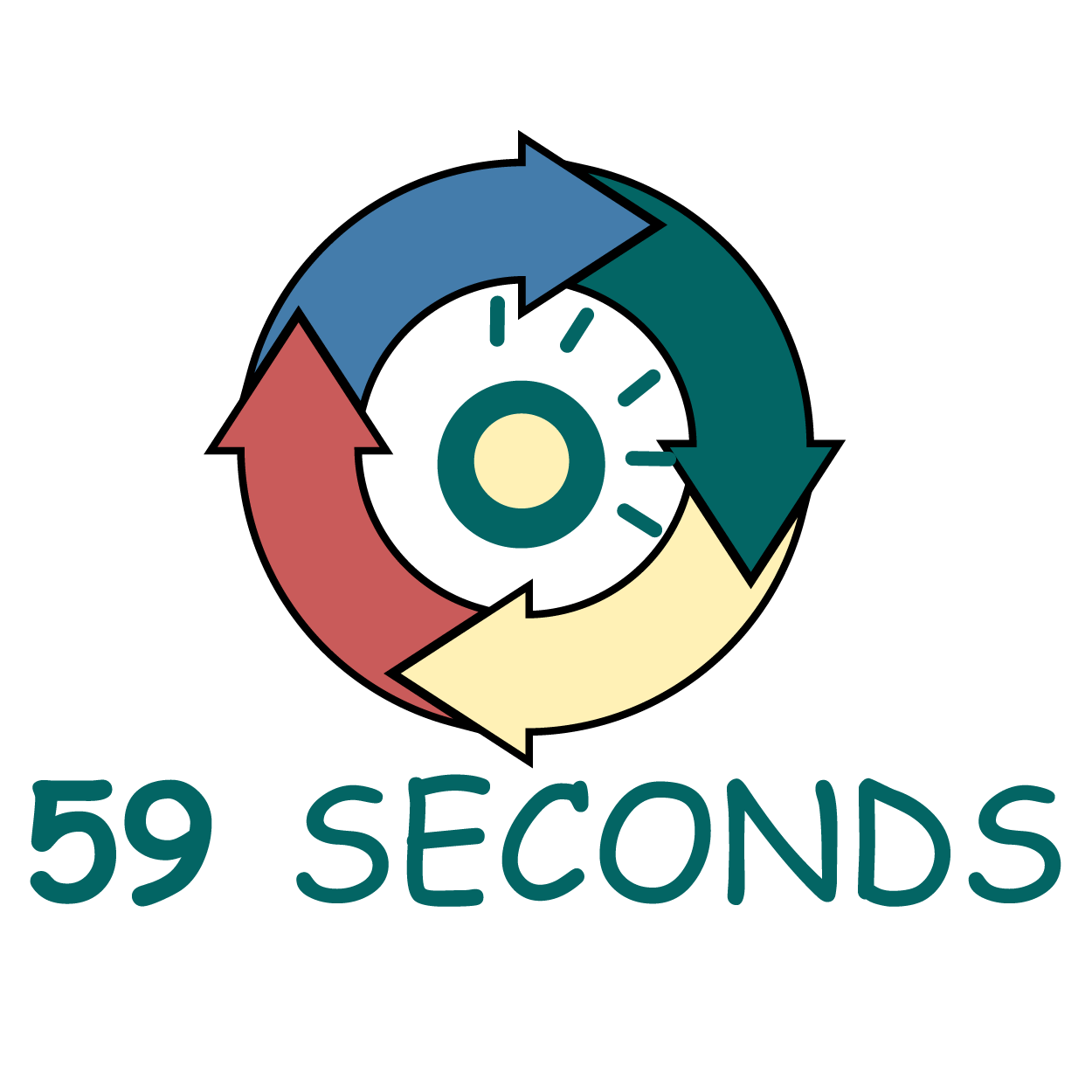Using a Base Story as the Starting Point
We have to start somewhere, and one option is to select a fairly uncomplicated story from the Product Backlog and estimate how many points it should score. You do not want a story that is too simple, we are looking for a story that should score somewhere in the medium range of complexity. The reason for this is that we are then going to use it as a basis of comparison for the rest of the stories, which will either be the same complexity, easier or harder; you cannot do this with a story that scores 1.
You can make the selection of a base story easier if you have some completed stories, either from this project or from a previous project that most of the team are familiar with. Some teams even have pre-defined base stories that cover the range of points to be scored, that they use as “templates” for point estimation.
One Down, Many to Go
It is a good idea to use a wall or whiteboard with sticky notes to map out the user story points, starting with the stories scoring 1 on the left and the highest scoring stories on the right. The base story and its score is now used in affinity estimation, which is a rapid technique. If you were to take each story and assess it, the team would probably still be estimating right through the night. In affinity estimation, you pick a story and decide whether it is simpler or harder than the base story, which takes only a few moments to decide. You can refine the estimation by triangulation – where you compare the complexity of the story being estimated against two or more stories in the same range. It should take only a few hours to work through all the user stories this way. Resist the temptation to use software to record the decisions until you have finished – working with sticky notes and pen or pencil is more creative and uses right-brain thinking.
Recommended Further Reading
The following materials may assist you in order to get the most out of this course:
